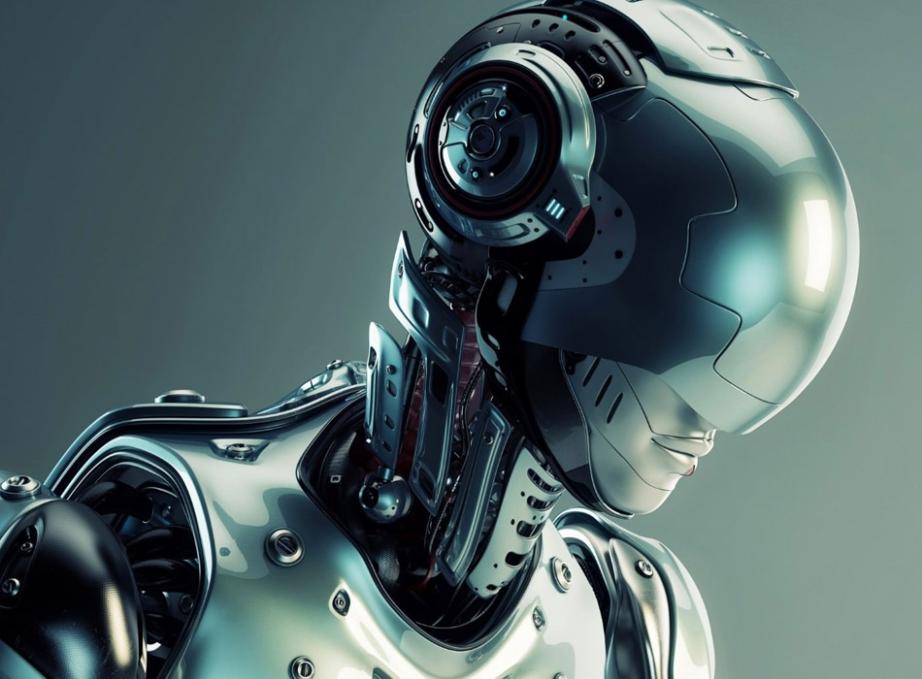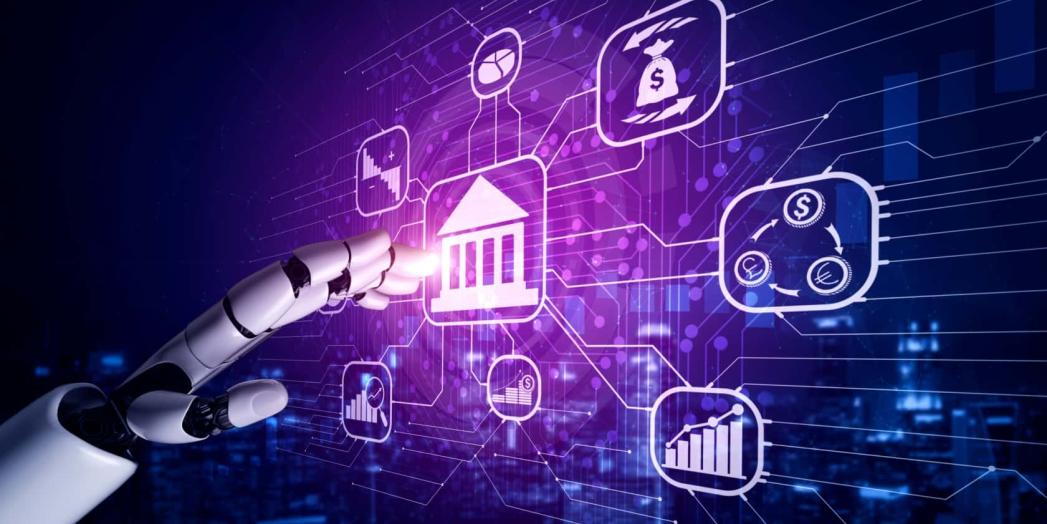What are the Emerging Trends in Computer Vision and Machine Learning for Restaurants?
The restaurant industry is undergoing a digital transformation, driven by the adoption of computer vision and machine learning technologies. These technologies are enabling restaurants to automate tasks, improve efficiency, enhance the customer experience, and drive growth.

Computer vision is a field of artificial intelligence that enables computers to understand and interpret images and videos. Machine learning is a type of artificial intelligence that allows computers to learn from data without being explicitly programmed. These technologies are being used in a variety of ways to improve the restaurant experience, from analyzing customer behavior to optimizing menu design.
Benefits Of Using Computer Vision And Machine Learning In Restaurants
- Improved Efficiency: Computer vision and machine learning can automate tasks such as order taking, payment processing, and food preparation, freeing up staff to focus on providing excellent customer service.
- Enhanced Customer Experience: These technologies can be used to create personalized menus, provide real-time recommendations, and offer interactive dining experiences.
- Increased Sales: Computer vision and machine learning can help restaurants identify popular dishes, optimize pricing, and target marketing campaigns to the right customers.
Applications Of Computer Vision In Restaurants
Customer Behavior Analysis
Computer vision can be used to track customer movement and dwell time, identify areas of interest and popular dishes, and optimize restaurant layout and menu design. This information can be used to improve the customer experience and increase sales.
Food Quality Control
Computer vision can be used to detect food spoilage and contamination, ensuring food safety and hygiene standards. It can also be used to automate food preparation and cooking processes, improving consistency and quality.
Inventory Management

Computer vision can be used to track ingredient levels and stock availability, predict demand, and optimize ordering processes. This can help restaurants minimize waste and maximize profitability.
Applications Of Machine Learning In Restaurants
Demand Forecasting
Machine learning can be used to predict customer demand based on historical data, weather conditions, and other factors. This information can be used to optimize staffing levels and inventory to meet demand, avoiding overstaffing and understaffing issues.
Menu Optimization

Machine learning can be used to identify popular and unpopular dishes, recommend dishes based on customer preferences, and personalize menus for individual customers. This can help restaurants increase sales and improve the customer experience.
Customer Relationship Management (CRM)
Machine learning can be used to collect and analyze customer data, identify loyal customers, and offer rewards. This information can be used to personalize marketing campaigns and promotions, building stronger relationships with customers.
Emerging Trends In Computer Vision And Machine Learning For Restaurants
AI-Powered Robots
AI-powered robots are being used in restaurants for food preparation, serving, and cleaning. These robots can automate repetitive tasks, improve efficiency, and enhance the dining experience for customers.
Virtual Reality (VR) and Augmented Reality (AR)
VR and AR are being used to create immersive dining experiences, allowing customers to visualize dishes before ordering and providing interactive menus and restaurant tours.
Blockchain for Food Traceability
Blockchain is being used to track the journey of food from farm to table, ensuring food authenticity and quality. This can build trust and transparency in the food supply chain.
Challenges And Future Outlook
Data Privacy and Security
The use of computer vision and machine learning technologies raises concerns about data collection and usage. Restaurants need to address these concerns and implement robust security measures to protect customer information.
Integration with Existing Systems
Integrating computer vision and machine learning technologies with existing restaurant systems can be a challenge. Restaurants need to ensure seamless integration and overcome technical challenges to ensure compatibility.
Cost and Accessibility
Computer vision and machine learning technologies can be expensive to implement. Restaurants need to make these technologies more affordable and accessible to restaurants of all sizes.
Computer vision and machine learning are transforming the restaurant industry. These technologies are enabling restaurants to improve efficiency, enhance the customer experience, and drive growth. Restaurants that embrace these technologies will be well-positioned to succeed in the future.
YesNo

Leave a Reply